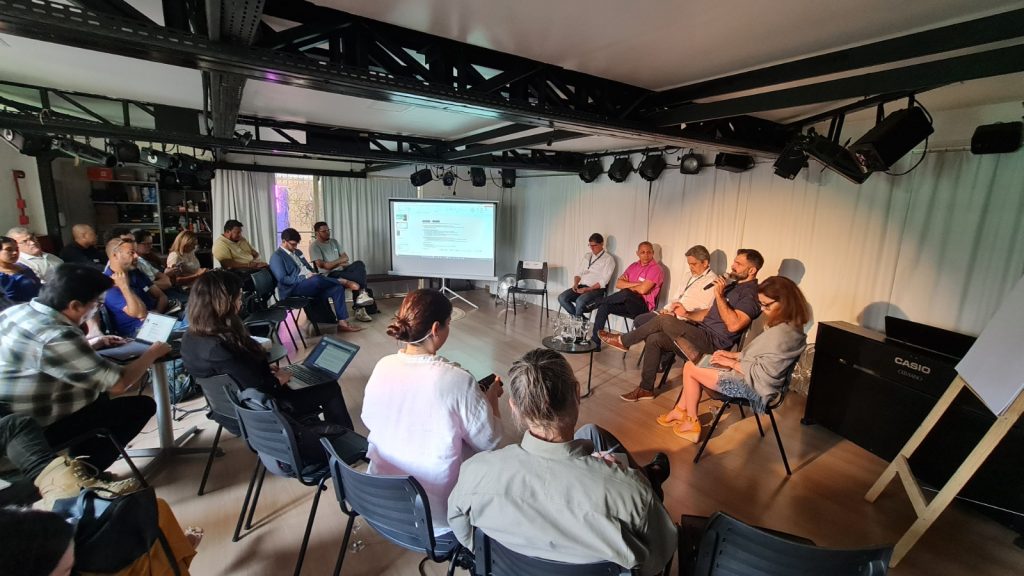Agenda promoted by the GCF Task Force aims to develop a Bioeconomy Plan to Amazonas
The State Secretariat for the Environment (SEMA) participated in the second phase of the Bioeconomy Planning Workshop, promoted by the Governors’ Climate and Forests Task Force for Climate and Forests. The meeting took place on November 6th, in Manaus, with the objective of carrying forward the discussions fostered during the first meeting, as well as adding new proposals, considering the current drought scenario in Amazonas.
The group, made up of institutions representing the state, the GCF Task Force, startups, industries, agents, researchers and environmental technicians, discussed the next steps to be taken, priority areas for the public policy model, as well as issues related to climate justice. According to the Secretary of State for the Environment, Eduardo Taveira, the most vulnerable populations are the ones who suffer the most from environmental impacts.
“The bioeconomy has to connect extractivism, the chain of standing forests, obviously it has to connect startups that can ensure fair prices, so that this reaches the market without concentrating the quality, quantity of resources and profit in the hands of those who are appropriate to use the technology, without remunerating the associated traditional knowledge,” he said.
The first Workshop, which took place in July, discussed the incentive to local production chains, rural production combined with environmental conservation, and the elaboration of a strategic map of the bioeconomy, among other topics. At this meeting, new guidelines were presented to improve the work. The Plan is expected to be presented at the 28th Conference of the Parties (COP28) in Dubai in November this year.
Colleen Lyons, project director of the GCF Task Force, explained that the bioeconomy plan proposed to Amazonas unites public policies, industries, technology and innovation from universities, civil society and the needs of the population, covering the entire state.
“Amazonas is the largest state in the Legal Amazon, 96% of its area is still forest. And if we want to maintain nature, we need economic options that fit the reality of the population. That’s why the state can be an example for other places looking to develop the bioeconomy based on the standing forest,” said Colleen Lyons.
According to the director of the Task Force, other places, other biomes, need to work on the restoration and recovery of forest areas. If economic ideas are found in the Amazon, it will bring hope elsewhere.
Coping with drought
With the drought and climate change affecting the Amazon, the need for rapid measures to support the Amazonian populations was brought to the table. Eduardo Taveira highlighted the conservation of economic activities with low environmental impact under development in traditional communities.
“This is an agenda that has to be compatible with economic activities that can support an effective sustainability model based on this valorization of the standing forest. If these actions are not linked to the effective improvement of the quality of life of those who take care of the forest, we will continue to repeat the same cycles,” he said.
According to Colleen Lyons, it is necessary, in addition to the guidelines already presented, to think about strategies to mitigate the climate crisis, bringing economic value to the standing forest; and logistical adaptation, for access to food resources, water, and basic inputs.
“These two actions together are very different from what we started working on in July. At the time, the river was full, we thought that the proposed plan would be a new opportunity. Now it’s a necessity, it’s a crisis, we need to develop bioeconomy options at this time,” she added.
PHOTOS: Noir Miranda/SEMA
Text originally published by our partners from the Environment Secretariat from the State of Amazonas, Brazil. You can read the original under this link.

